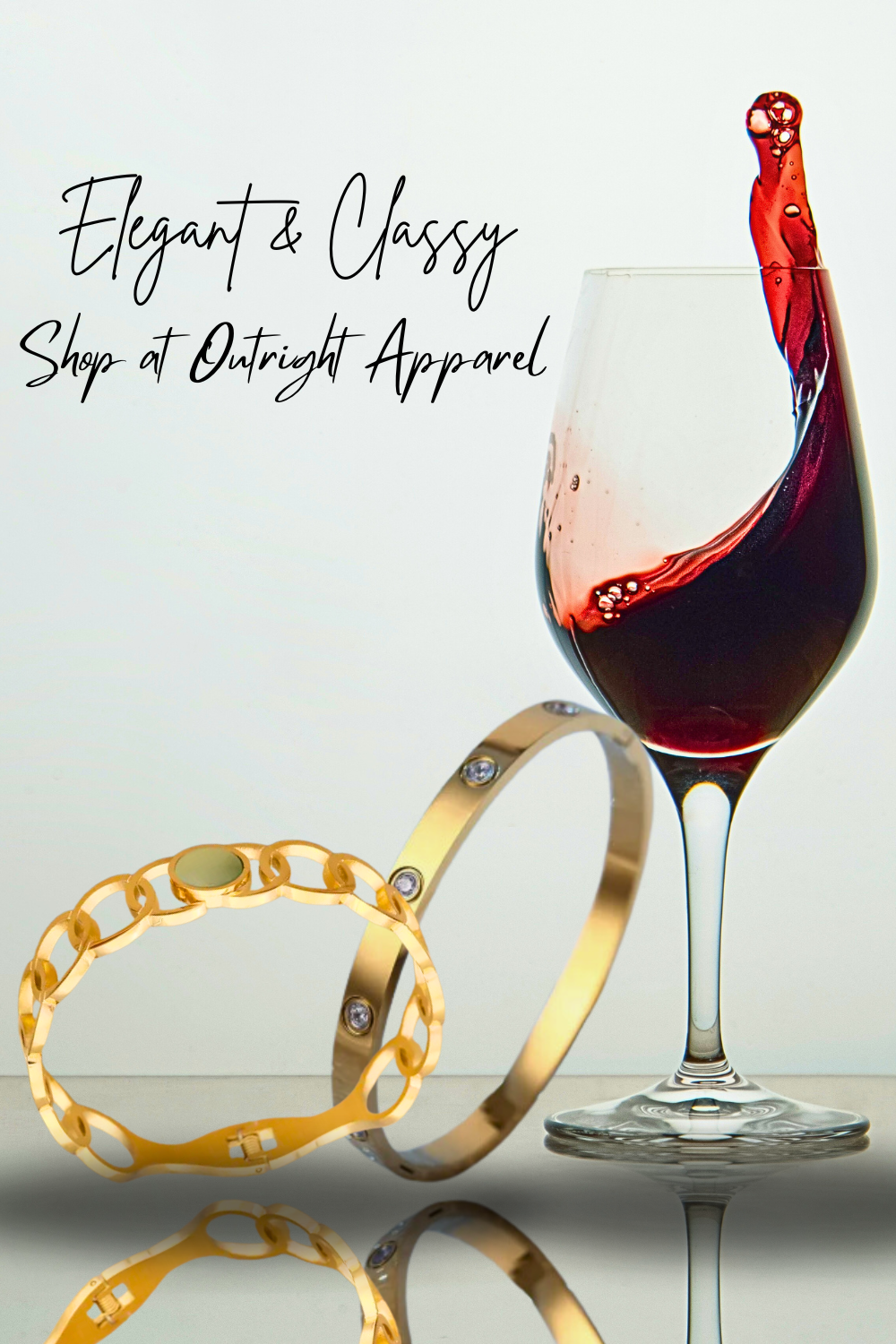Jewelry has an innate ability to elevate an outfit, adding a touch of sophistication and glamour. Among the various options available, gold-plated and gold-filled jewelry stand out as accessible yet distinct choices, each with its unique attributes. Understanding the disparities between these two types can help individuals make informed decisions about their jewelry purchases.
Composition
Gold Plated:
Gold plated jewelry involves a thin layer of gold applied to a base metal (such as brass, copper, or silver) through electroplating. This layer is usually around 0.5 to 3 microns thick, giving the piece its gold exterior. The base metal is less expensive, and the thin gold layer contributes to the jewelry’s overall appearance.
Gold Filled:
Gold-filled jewelry, on the other hand, comprises a thicker layer of gold mechanically bonded to a base metal (often brass or copper). The gold content in gold-filled jewelry is higher than that in gold-plated pieces. Typically, it involves a layer that's at least 5% or 1/20th of the item's total weight.
Durability
Gold Plated:
While aesthetically pleasing and relatively affordable, gold-plated jewelry may wear off over time due to the thin gold layer. Factors like frequent wear, exposure to moisture, and contact with chemicals can accelerate this process, causing the underlying base metal to become visible.
Gold Filled:
Gold-filled jewelry, with its thicker layer of gold, tends to be more durable and resistant to tarnishing. This type of jewelry can withstand daily wear and tear better than gold plated pieces. However, it's not immune to damage and may still show signs of wear over an extended period.
Value
Gold Plated:
Gold plated jewelry is often more budget-friendly compared to gold-filled or solid gold pieces. Its affordability makes it a popular choice for fashion jewelry or occasional wear, providing a similar look to solid gold without the higher price tag.
Gold Filled:
Gold-filled jewelry tends to be more expensive than gold-plated pieces due to its higher gold content. However, it offers better longevity and quality, making it a more cost-effective option for those seeking durability and a longer lifespan in their jewelry.
Maintenance
Gold Plated:
To prolong the life of gold plated jewelry, it’s essential to handle it delicately, avoiding contact with water, lotions, and harsh chemicals. Regular cleaning with a soft cloth can help maintain its appearance.
Gold Filled:
Gold-filled jewelry requires relatively low maintenance. Cleaning it with a mild soap and water solution and occasionally polishing it with a soft cloth can help retain its luster.
Final Thoughts
Both gold plated and gold-filled jewelry have their places in the world of accessories, catering to different preferences and budgets. Gold plated pieces offer affordability and style, perfect for occasional wear or fashion-forward looks. Meanwhile, gold-filled jewelry, with its durability and higher gold content, presents a more long-lasting investment for those seeking quality and resilience.
Understanding these differences can empower individuals to make informed choices based on their preferences, budgets, and desired longevity when adding to their jewelry collection. Whether opting for the glimmer of gold plated or the durability of gold-filled jewelry, both offer their unique charm to adorn any ensemble.
FAQ
What is the longevity of gold-filled jewelry compared to gold-plated jewelry?

